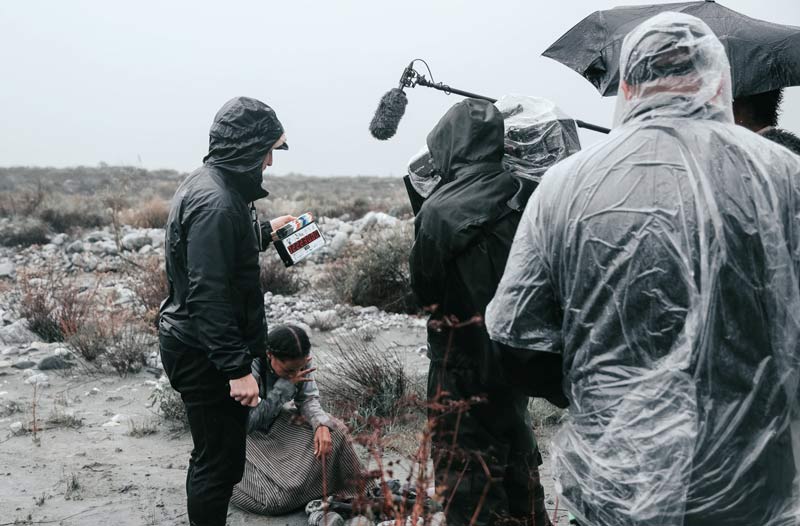
What is a clapper loader?
A clapper loader, also called a second assistant camera (2nd AC), is a member of the camera department within a film crew. As the name implies, the clapper loader has two key responsibilities. Clapper comes from operating the clapperboard (aka slate or just board) at the beginning of each take to aid synchronization of sound and image in post-production. Loader stands for loading the unexposed film stock into the camera magazines or handling memory cards on a digital set.
However, apart from the two namesake functions, there is a whole lot more to the second camera assistant’s job. The clapper loader’s main responsibilities are related to equipment maintenance and supporting the work of the 1st AC and the camera operator. Additionally, 2nd ACs usually handle camera department admin and time-keeping, consumables management, equipment transport coordination and much more.
Disclaimer: The structure and style of work described here are those of large feature film productions. In small, independent projects crew members might take upon tasks and responsibilities outside the scope of their main job. Very often, a single camera assistant may handle the work of both clapper loader and focus puller.
Crew structure
Each camera within a film production is operated by a camera operator and serviced by two technicians – the first and second camera assistants (or respectively focus puller and clapper loader). Together, the operator and assistants comprise a camera unit. A small production may have one camera unit, while a large one can have three, four or more units. All camera units operate under the guidance of the Director of Photography (or DOP). In a small, one camera production it is common for the DOP to be operating the camera personally. Regardless of this, the assistant structure remains the same.
The clapper loader works directly below the focus puller within a camera unit. On bigger productions, the work of the 2nd assistant camera is sometimes supported by a camera department trainee or a 3rd assistant camera. In a multi-camera production, the 2nd AC generally tends to the tasks related to his/her camera unit first. Certain general camera department responsibilities are shared between all the 2nd ACs.
Clapper loader tasks and responsibilities
Beyond the glamorous duty of being the person that operates the clapboard, the clapper loaders’ job is to ensure the camera department is running as smoothly as possible. This requires concentration, attention to detail and great organizational skills. Equipment in a big production can run up to hundreds of cases, and a vital part of a clapper loader’s job is knowing exactly where each piece of gear is at any given time. This comes in addition to a plethora of other small and large tasks, so let’s take a closer look at what makes a great second assistant camera:
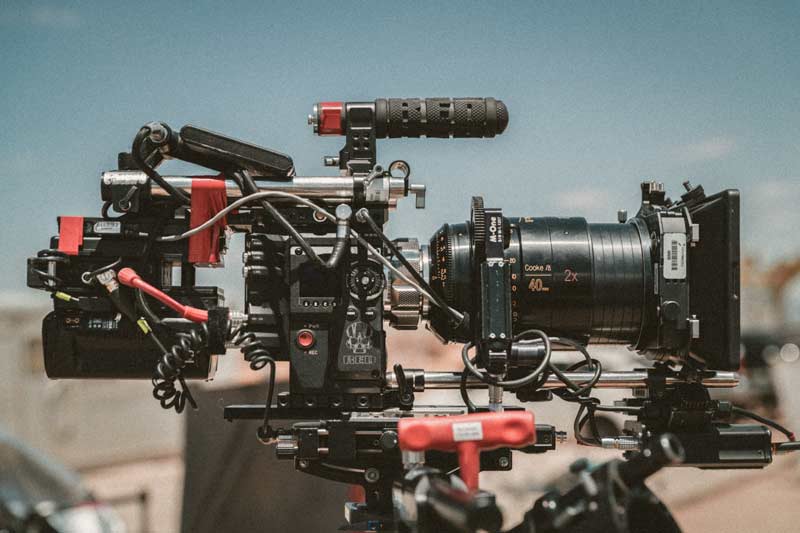
PREP
A big chunk of a clapper loader’s most important work happens before a single camera rolls. Film and TV productions generally have a prep period of a few days before shooting begins. In this period, camera assistants unpack, test and prepare all the gear for the shoot ahead.
A clapper loader is only as good as their tool kit. You can have all the knowledge in the world, but if you’re missing that one allen key you might hit a dead end. Prep is the time for each assistant to take inventory of their own tools and accessories. Check out our extensive article on second assistant camera tool essentials.
Ideally, prep is done in a studio or rental facility that can offer service capabilities. A common practice is to do prep in on-site of the rental facility supplying the equipment. This saves time and money should a piece of equipment need a tune-up or replacement. Prep procedures include (but are not limited to) the following tasks:
- Visual check of all equipment according to rental/shipping lists – This is the first task to undertake as part of the prep. If any piece of gear is found missing or damaged in shipping, it will probably take time to source a substitute. It’s therefore essential to find any issues as early in prep as possible.
- Ensuring all equipment is fully operational – Once all gear is accounted for, it needs to be fully tested to ensure everything operates as it should. There’s nothing worse than finding a piece of gear is faulty when the whole crew is waiting for the camera to roll. Testing includes:
- Assembling of the camera in all the expected configurations
- Powering all the various accessories
- Shooting test footage on all cards and verifying it on a computer (for a digital workflow)
- Checking lenses and camera bodies for back-focus adjustment (usually done by the focus puller)
- Labeling and organizing core equipment – Every experienced 2nd AC has an organizational strategy when it comes to the core equipment that is used all the time – camera body, viewfinder, monitors, follow focus, cards, batteries, etc. These are usually unpacked from their shipping cases and transferred into bags (called unit bags) and cases that are more convenient to work with. To avoid mixing of equipment and speed up troubleshooting gear is usually color-coded in prep. Each camera assistant labels all the gear belonging to his/her camera unit with the appropriate color using gaffer tape or stickers.
- Labeling and organizing equipment cases – Equipment that is not always carried on set and empty cases are stored in a storage room (for a studio shoot) or the camera truck (for a location shoot). It needs to be organized in a way that facilitates speedy retrieval of any piece of gear by any technical member of the camera department.
- Inventorying and stocking consumables – Camera department is one of the most consumable rich departments in a film production. Camera assistants use gaffer tape, pens, markers, tissues, various batteries and other consumables daily. Prep is the time to organize, inventory and order enough expendables to last the duration of the production. This procedure is usually done jointly by all members of the camera department.
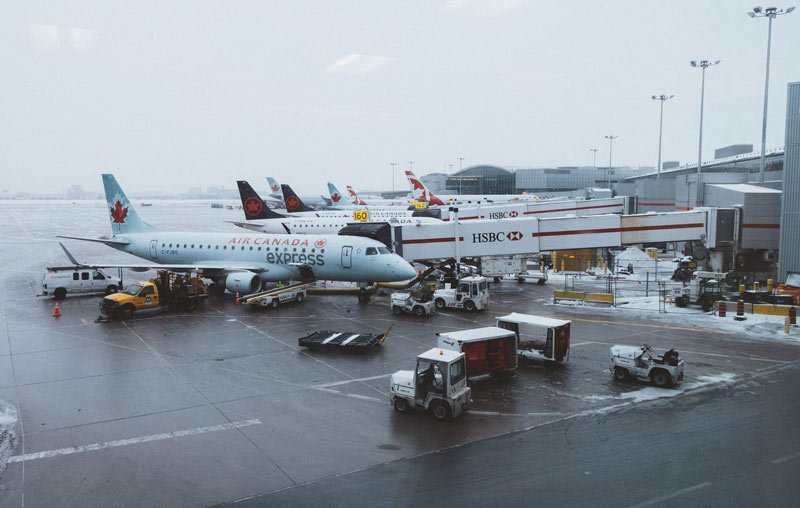
Split-prep
When a project includes long-distance travel and shipping of equipment, it is good practice to split prep in two. The initial check and test are always best done in the rental facility so that any swaps or repairs can happen quickly and effortlessly. Consumables are also usually easier to stock before travel. The rest of the work, however, needs to be done once the equipment is shipped to the shooting destination.
For safety and insurance purposes, gear usually has to travel in the cases and sets originally issued by the rental. Therefore, any reorganizing of equipment into on-set bags and cases is done at the shooting destination prep. Shipping can be taxing on precision optical equipment, so a second test is recommended once the gear is unpacked. This is especially important for lenses and camera bodies.
PRODUCTION
Once shooting has begun, the clapper loader’s job only becomes more involved. Responsibilities include (but are not limited to):
- Marking the actors’ positions during rehearsals – As a scene is worked on, lighting, props and cameras are positioned and adjusted according to the positions of the actors. During rehearsals or blocking, the second camera assistant marks the positions of the actors on the ground using color coded gaffer tape, chalk, sausage marks or other means.
- Recording shot information in the camera report – While not as strictly enforced with modern cameras that record all settings as metadata, camera reports are still an important workflow component on most sets. In the camera report, the clapper loader records the various camera settings, lens, aperture, filters and other information about every shot. The information in the report may be used in various stages of the production, all the way through to editing. For example, should a shot ever need to be redone, the settings can be matched easily even by another crew.
- Coordinating the work of the camera trainee and/or the central loader – Bigger productions often get additional camera department crew members that mainly support the work of clapper loaders.
- Handling the lens finder when requested by the director or DOP – A lens finder is a form of director’s viewfinder that allows the user to preview the scene using the actual camera lenses. When a lens finder with a particular lens is requested, an assistant must mount the lens onto the finder and get it to the director or DOP. This can be done by a focus puller or a more experienced trainee but is most often done by the clapper loader. Typically, the assistant stays around while the lens finder is used in case another lens needs to be put on it. Once the lens is confirmed for the shot, the clapper loader makes sure it’s mounted onto the camera it’s designated for.
- Keeping an inventory of camera equipment and accessories – Even a small, compact camera unit can easily have over 10 cases of equipment on set. Depending on the configuration and mode of shooting, the things a 2nd AC needs to keep an eye on can run into the hundreds. It’s all too easy to lose a crucial piece of gear when scaling rough terrain or loading and unloading bags from various vehicles. All successful camera assistants have systems of checking and double-checking the quantity and condition of the equipment as it is moved from set to set.
- Keeping track of consumables and filing requests as necessary – Consumables are very important to the work of the clapper loader. Without the proper tapes, markers, tissues and supplies the job gets increasingly difficult and ineffective. In addition, many specialist items may not be available locally, so restocking can take a few days. This is why it’s important to keep track of consumables use, anticipate demand and order accordingly. This task is routinely delegated to the camera trainee or central loader (if there are any in the production), but it takes an experienced second assistant to anticipate every possible scenario.
- Maintaining camera department paperwork – On the administrative side, there are various time and presence sheets that are submitted to the production weekly. While the documents are usually signed by the head of the department (traditionally the A camera 1st AC), the actual timekeeping and paperwork are usually handled by the second assistants. This is another task that is sometimes delegated to trainees.
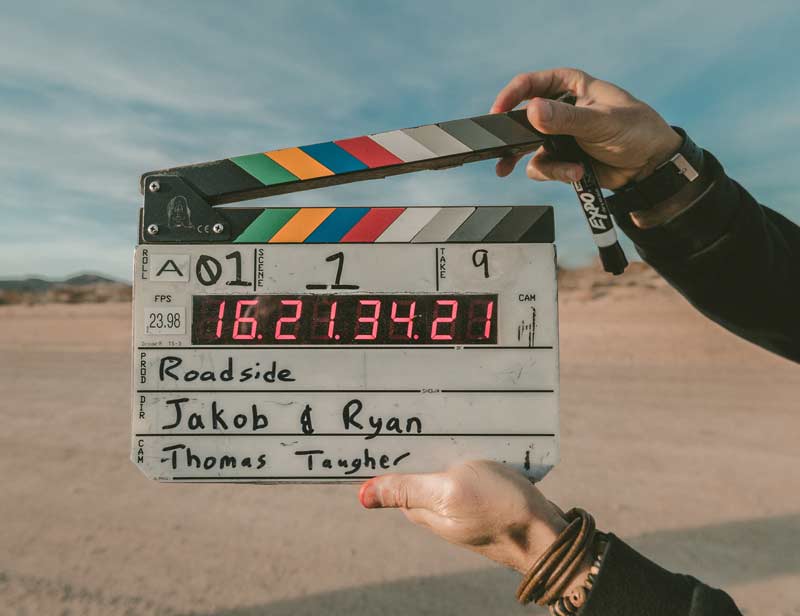
Clapping
Clapping the board, also referred to as slating is the most visible of the 2nd AC’s tasks. Once the cameras and sound are rolling, actors are in position and the whole crew quiets down, its time for the slate. Suddenly, the clapper becomes the center of attention, which can be daunting at first. It is important for the clapper (or, the more important sounding clapperboard operator) to follow the agreed-upon order of events.
Roll order
Different countries and sets may have differences, but generally the procedure goes as such:
- First assistant director (1st AD) announces “Ready to shoot!“ which alerts the crew that a take is about to roll
- 1st AD calls “Roll sound!“ upon which the sound mixer replies “Sound speed!“ once sound is recording
- 1st AD calls “Roll cameras!“ upon which the camera operator or 1st AC replies with “Camera speed!” once the camera is running and up to speed. In a multiple-camera setup, “A camera speed!“, “B camera speed!“ etc. are announced alphabetically.
- Once all cameras are up and running, the clapper announces the scene, shot and take, simultaneously positioning the slate in the frame of the camera. If in a multi-camera setup, it is “A” camera clapper that announces the shot information. On some sets, the sound mixer records the shot information instead of the AC.
- When the slate is properly framed and in focus, the camera operator or 1st AC will command “Mark!”. Upon this command, the 2nd AC announces “Marker!” and claps the board. In a multiple camera shoot, the cameras are slated one after the other in alphabetical order. Once the “A” camera clap is heard, “B” camera 2nd AC announces “B camera marker!” and claps.
- When all slates are clapped, the 2nd ACs clear the set as fast as possible. Operators and focus pullers resume their initial positions for the beginning of the take. Camera operators confirm this by calling “Set!”
- Once all cameras are set, the 1st AD or the director calls “Action!”
A good AC gets the board in a way that minimizes the number of corrections done by the camera operators and focus pullers. More often than not, this usually means that the clapperboard ends up fairly close to the actor’s face. It takes experience to know how close you can get without disturbing the actor, and even more experience to accurately judge the strength of the clap. Too loud and you’ve got a startled actor and an angry director, too quiet and the microphones do not pick it up and you have to clap again.
End board
In certain cases when slating the beginning of a take is impractical, the clapperboard can be given at the end of the take. This is known as an end board or tail slate. An end board can be requested by members of the crew directly involved in the shot. A first assistant director may request an end board if slating will affect the performance of an actor or if the timing is particularly tricky. A camera operator or a focus puller may request a tail slate to avoid distraction before a technically challenging shot.
When an end board is to be given, the 2nd AC announces the scene, shot and take at the beginning of the take as normal, followed by “End board!”. This notifies camera operators, focus pullers and sound department that the clapperboard will be clapped at the end of the take. As the 1st AD announces “Cut!”, the camera and sound will keep rolling and the clapper will position the slate in the frame. Once the camera operator or 1st AC confirms the slate is in the frame, in focus and sufficiently lit they will shout “Mark!”. Upon this command, the 2nd AC announces “Marker!” and claps the slate.
Loading
Big, fast-paced productions generally have a dedicated loader, also called a central loader, that loads unexposed stock into the magazines and can exposed film. In such a setup, the clapper loader is only responsible for getting the mags to and from the central loader, who usually works out of the camera truck or studio darkroom. On a smaller set, the clapper loader might indeed need to do the actual loading and unloading of magazines.
On a digital set, loading translates into managing the memory cards. Again, most productions will have a dedicated data wrangler or data manager. Sometimes the task of downloading the footage can also be taken on by the DIT. In very small productions, download can be handled by the second camera assistant.
More often than not, however, this is not a great idea. Data wrangling is an important job, as is camera assisting. Combining those two in a stressful, fast-paced environment is a recipe for disaster. A wrong click or a clumsy camera button bump may send half a day’s worth of footage into oblivion. You don’t want to risk that.

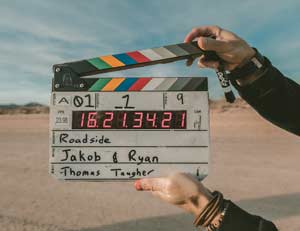
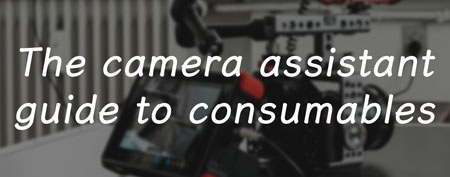
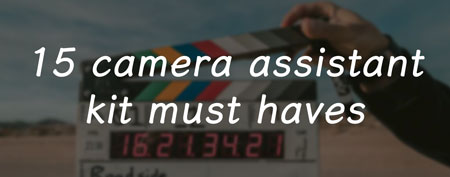

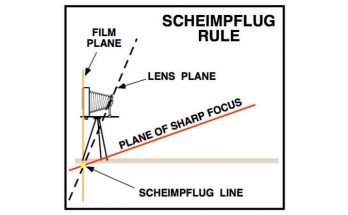
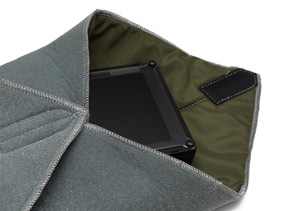
I want to be able to take some good video, but I’m not sure how to make it smooth. It makes sense that I would want to get a good grip truck! That seems like a great way to ensure that I can keep the footage smooth.